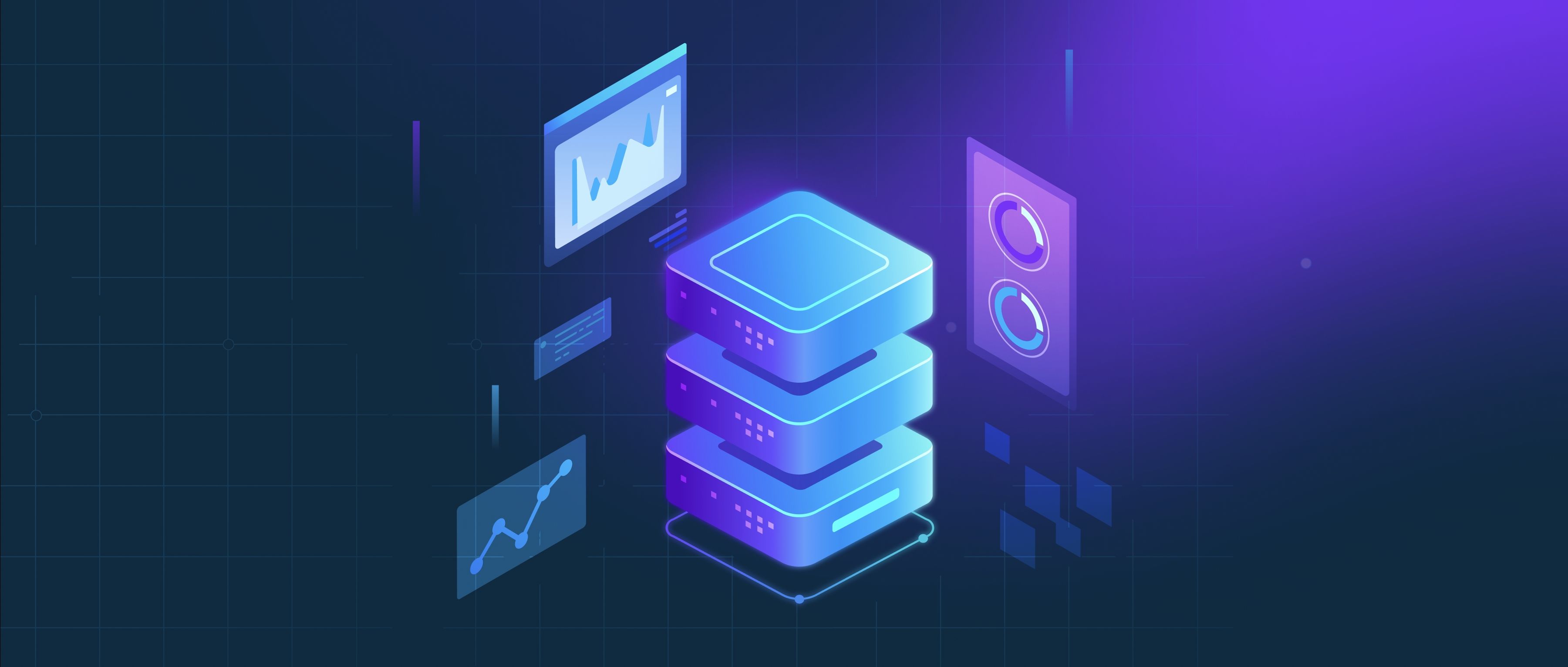The best pattern recognition algorithm depends on the specific task and dataset. For image-related tasks, convolutional neural networks (CNNs) are highly effective at recognizing patterns like edges, textures, and objects. Transformers, such as Vision Transformers (ViT), are gaining popularity for their ability to model global relationships in data. In natural language processing, transformer-based models like BERT and GPT excel at understanding text patterns. Classical algorithms like support vector machines (SVMs) or k-nearest neighbors (KNN) are still useful for simpler or smaller-scale tasks. Deep learning models are generally the most reliable for complex pattern recognition due to their ability to learn hierarchical features.
What's the best pattern recognition algorithm today?

- Getting Started with Zilliz Cloud
- Accelerated Vector Search
- Optimizing Your RAG Applications: Strategies and Methods
- The Definitive Guide to Building RAG Apps with LlamaIndex
- Exploring Vector Database Use Cases
- All learn series →
Recommended AI Learn Series
VectorDB for GenAI Apps
Zilliz Cloud is a managed vector database perfect for building GenAI applications.
Try Zilliz Cloud for FreeKeep Reading
How are neural networks used for time series forecasting?
Neural networks are commonly used for time series forecasting due to their ability to learn complex patterns in data and
What is the role of utility in AI agents?
The role of utility in AI agents is fundamental to their decision-making processes and overall effectiveness. Utility re
What methods exist to incorporate implicit feedback into models?
Incorporating implicit feedback into models is crucial for building effective recommendation systems and improving user